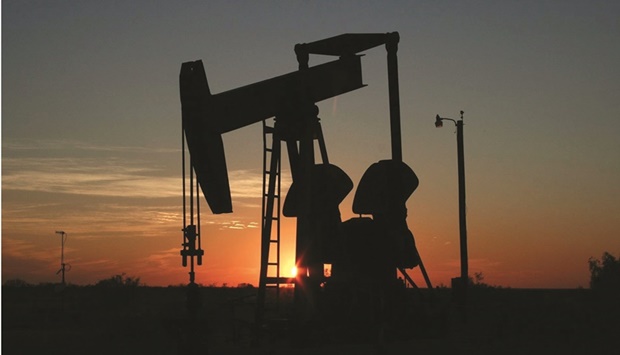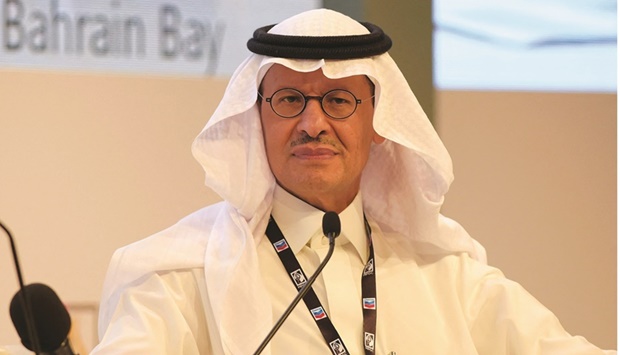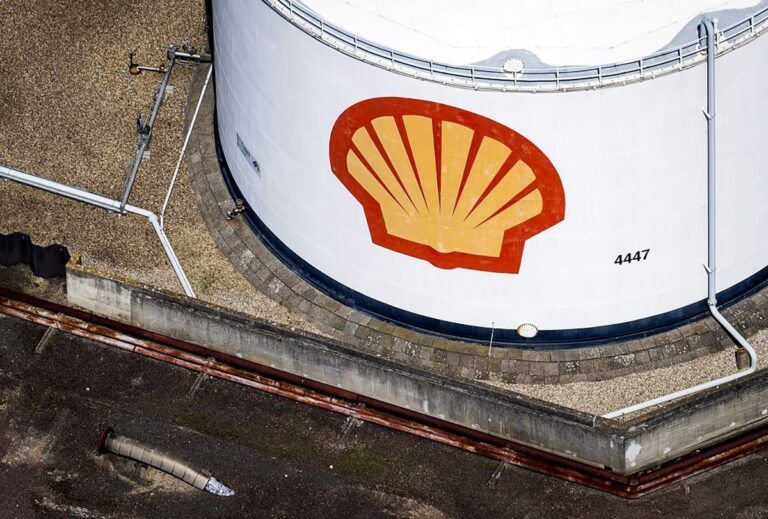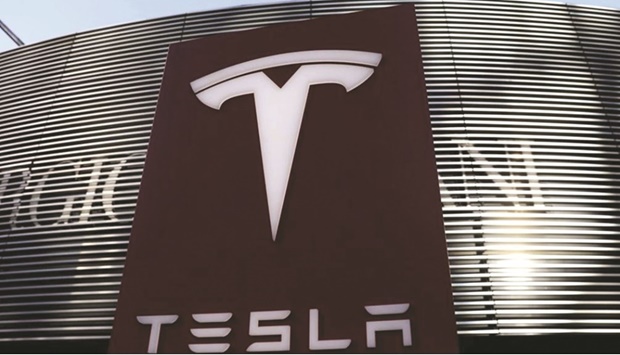The end of Europe’s clean-energy preaching

By Ana Palacio/ Madrid
Russian President Vladimir Putin’s war against Ukraine has served Europe a heaping dose of energy realism. While the European Union was touting a “no pain, all gain” transition to renewable energy, many of its industries – particularly in Germany – had developed a debilitating dependence on cheap Russian gas. This revelation should be the first step toward a more realistic – and less dogmatic – European approach not only to its own energy transition, but also to that in the Global South.
The EU has an action plan for weaning itself off Russian fossil fuels. But, while the details of REPowerEU are still being finalised, it is already clear that, like so many European “solutions,” the plan is an exercise in muddling through, exemplified by the fact that it will not be completed until 2030.
Though REPowerEU aims to accelerate the rollout of renewables and replace gas in heating and power generation, it also depends significantly on the diversification of energy supplies. Already, energy producers in the Global South have received desperate pleas to help meet the EU’s energy needs, which has probably prompted more than a few eye rolls. After all, countries across the developing world have endured years of European proselytising about the importance of rapid progress toward a carbon-free energy system.
If the EU cannot achieve this in the short term – in order to avoid funding an unjust war, no less – the Global South most certainly cannot. Europe is worried that economic growth and local livelihoods will suffer if it attempts to move too rapidly to renewables. Developing economies are worried that they will have no path to sustained economic growth and poverty reduction at all.
They are right to worry. The positive correlation between baseload power and prosperity clearly shows that a reliable energy supply is essential to economic progress. But, globally, 770 million people – mostly in Africa and Asia – lack access to electricity. In Sub-Saharan Africa, the pandemic worsened energy poverty, with 77% of the region’s people now living without electricity, compared to 74% in 2019.
Given that future population growth – and, thus, growth in energy demand – will be concentrated in the Global South, this problem is set to get much worse. And, for now, renewables cannot solve it, because they do not represent a sufficiently reliable power supply. A scale-up in hydrogen fuel could change this, though this remains a stretch for emerging-market and developing economies.
United States Special Presidential Envoy for Climate John Kerry, for one, has now recognised the folly of attempting to force developing economies to go fully renewable. On March 7, following the Russian invasion of Ukraine, he acknowledged that gas would be crucial to economic development in African countries. Even the World Bank – without much fanfare – has reversed its moratorium on financing gas projects.
Yes, this new realism implies a near-term increase in African emissions – but starting from a very low level. The 48 countries that comprise Sub-Saharan Africa (excluding South Africa) represent 0.55% of global carbon dioxide emissions. As a whole, Africa consumes less energy than any other continent – far less than Europe, especially if one takes into account historical consumption. Rich countries are well aware of this discrepancy, which is why developing countries have been increasingly critical of the developed world’s climate hypocrisy: constant pressure to cut emissions coupled with prolonged refusal to finance climate mitigation and adaptation in the Global South.
The Green Climate Fund embodies this hypocrisy. At the United Nations Climate Change Conference in 2009, developed economies pledged to channel $100bn per year for mitigation and adaptation efforts in developing countries by 2020. As of January 2022, participating countries’ pledges amounted to a measly $10bn.
Sustainability is vital to our planet’s future. But the green transition must be just. And justice demands that the Global South receive the same opportunity to develop as the North had. That will be possible only with energy security for all.
That is why this week’s Sustainable Energy for All Forum is so important. Stakeholders from both the public and private sectors will gather in Kigali, Rwanda, to find ways to accelerate progress toward UN Sustainable Development Goal 7: ensure access to affordable, reliable, sustainable, and modern energy for all.
This year’s Forum comes at a pivotal time in the global energy transition. Moreover, this is the first time since the Forum was launched in 2014 that it will be held in Africa. One hopes that the continent’s centrality to the event – and the harsh realisations that the war in Ukraine has imposed on Europe – will be reflected in its conclusions, which, given the current crisis, will be more consequential than ever.
Europe has always prided itself on being a leader in the green-energy transition. This should not change. But, rather than allowing its vision to become clouded by idealism and ideology, the EU must ensure that its energy ambitions – for itself and for developing economies – are firmly grounded in reality. Europe must support developing countries’ efforts to adapt to climate change and achieve net-zero emissions. But it must also help them to achieve energy security. As one African minister succinctly put it, “We will decarbonise, but first we have to carbonise.” — Project Syndicate
• Ana Palacio, a former foreign minister of Spain and former senior vice president and general counsel of the World Bank Group, is a visiting lecturer at Georgetown University.









